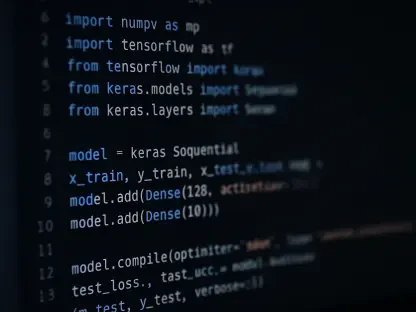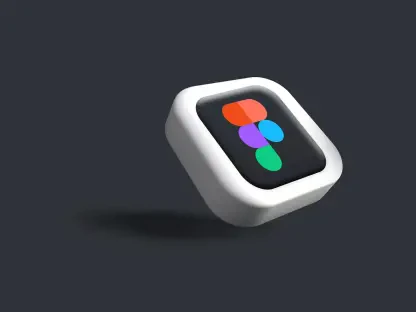In a landscape where technology evolves with relentless momentum, staying ahead means shedding baggage weighed down by antiquity. Case in point: the upcoming removal of the Java Applet API in the JDK 26 update—a move that signals a shift toward modernity in web development. Within the dizzying whirl of advancements, Java developers face a pivotal moment as the technology makes strides toward more current and efficient practices.
The Importance of Applet Removal
Java applets, once pillars of interactive web experiences, are now overshadowed by security concerns and performance inefficiencies. The web development community has long shifted toward languages and frameworks that provide robust solutions without the vulnerabilities that Java applets once presented. The Java Applet API’s removal marks not just an end but also a beginning—an industry-wide embrace of technologies like JavaScript and mobile frameworks that offer greater reliability and sophistication.
A Farewell to Java Applets
The demise of Java applets has been a gradual one, starting with their deprecation in JDK 17. Over the years, as browsers ceased supporting applets, professional demands leaned toward more viable alternatives. The decisions by major browsers to drop applet support highlighted the urgent need for reliable and secure client-side solutions. Subsequently, applets were steadily phased out, both in the consumer sector and enterprise applications, laying the groundwork for their complete removal in JDK 26.
Insights from Industry Leaders
Recognizing the significance of this strategic move, Java development leaders have echoed sentiments that resonate throughout the community. These experts consistently emphasize that modernization is imperative for staying relevant in a competitive field. Industry influencers have shared valuable insights, often describing the Applet API’s removal as a pivotal step toward streamlining the Java ecosystem. Globally, developers are enthusiastic about transitioning to more efficient technologies, knowing that innovation hinges on adaptability and forward-thinking.
Practical Guidelines for a Smooth Transition
With the Applet API set to be excised from JDK 26, developers face the critical task of migrating from legacy solutions. Steps are being put forward to guide these migrations effectively. One strategic approach suggests leveraging newer Java frameworks and tools. Moving away from applet-dependent architectures can unlock potential benefits like enhanced security and improved performance. Developers embarking on this transition must be aware of potential challenges but can be hopeful about opportunities within evolving Java environments.
Reflection on Modernization
The removal of the Applet API in JDK 26 was not just a technical adjustment—it was a step in the evolving narrative of Java’s modernization. This transition encouraged the developer community to reflect on how far Java has progressed from its early web development capabilities. Moving forward, embracing new technologies and methodologies will be essential for harnessing the full potential of Java as it adapts. By prioritizing security and performance, developers will continue shaping a future where the Java ecosystem can thrive amidst changing technological contexts.









